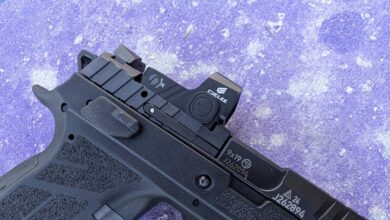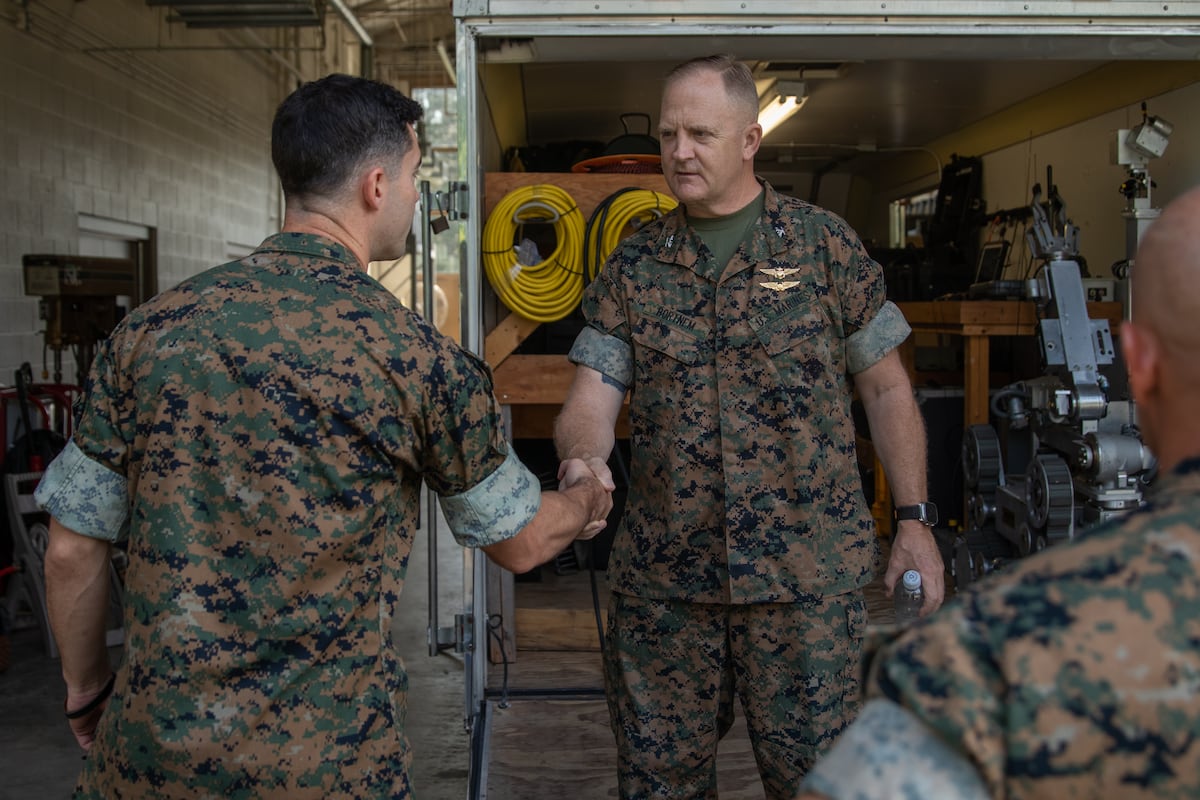Grip Buildup: An Old-School Mod For Improved Shooting

Gun fit matters, but not in the way people think. Talking points like “feels good in the hand” or “points naturally” are worthless qualities; fit matters when it enables better shooting.
It’s like pillow-top mattresses. You think they’re great because they feel soft, but eventually, support matters more for a good night’s sleep.
Subtracting is hard, but adding is easy. Here’s the how and why of building up the grip of a pistol.
Handgun Fit Matters…Just Not The Way A Lot Of People Say
Don’t let anyone tell you that fit doesn’t matter.
English gunmakers have been fitting clients for almost two centuries. Why? So when the gun is shouldered, the sights are right on target. Skeet and trap shooters add or subtract to their stocks for the same reason, and, of course, how many people have fidgeted with carbine stocks to find the right detent?
Fitment matters a little differently with pistols. First, you need enough real estate to grip the gun, and second, you need optimal trigger finger placement.
No, that doesn’t mean that old saw about distal phalanges, but more that every person has an inherent best part of their finger to press the trigger to the rear without disturbing the sights, which is different for everyone.
If the amount of material and shape of the grip interferes with that, there’s too much. If you have to contort your hand and leave space between the firing hand and the gun for optimal placement, that space can cause issues under recoil…because you’re holding on to dead space.
Want proof? Look at Olympic-grade target pistols.
And then you have T-grips for revolvers.
Not only do they fill in the sinus behind the trigger guard, but they also change trigger finger placement. Back then, combining one with clipping a turn or two off the hammer spring (don’t do that; reduced-power springs exist) could make the DA pull much more manageable.
So…how does one go about doing that?
Grip Buildup If You Don’t Have Swappable Grip Panels
Replaceable grip panels in varying thicknesses, textures, and contours have been around for over a century, so they’re nothing new for older pistols and revolvers. Hogue and other grip sleeves aren’t new, either.
Of course, there’s an aftermarket industry that arose for modern pistols as well, such as the backstraps and other attachments for Glock pistols prior to the Gen 5 models, which have swappable backstraps.
An old-school trick is to use a bit of hockey tape and bicycle inner tubes.
Military personnel were putting bits of bike tires on A1 and A2 pistol grips before Magpul and other aftermarket accessories became available.
Police officers and serious sports shooters have been known to do the same thing for quite some time, adding panels of inner tube and tape.
Identifying where to add a bit of material is fairly easy. Grip the gun (unloaded and pointed in a safe direction) with optimal trigger finger placement so you can press the trigger perfectly. If you notice any gaps between your hand and the gun, that’s where you add material.
Not everyone finds it super necessary for full-size/service pistols; there’s usually more than enough real estate. Sometimes, too much. However, it can be close to a game changer with a compact or subcompact.







